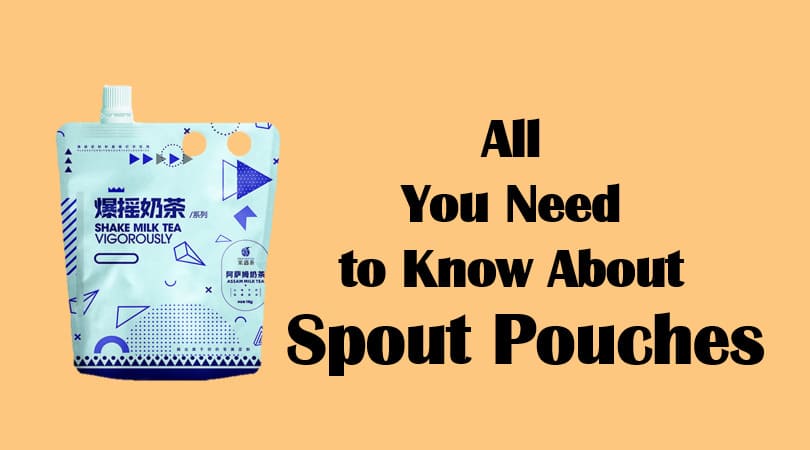All You Need to Know About Spout Pouches
By Hope Chan. Last updated: July 8, 2022
As far as flexible packaging solution goes, spout pouches definitely rank top on the list. Many brands have replaced their old rigid packaging such as boxes, jars and tins with stand up pouches. These pouches are lightweight, highly customizable and save valuable space.
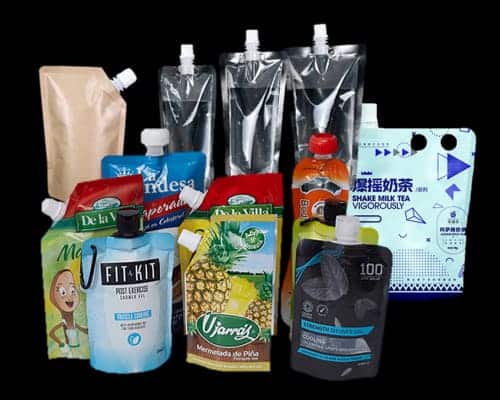
And just like most custom packaging solutions, there are various material types and options to choose from. So finding the one that suits you the most can be a bit of work. But worry no more, GoalPackaging is here to help. This post covers how the pouches are made, the materials that can be used, and the cap options.
Without further ado, let’s dive into the world of spout pouches.
Table of Contents
What is a spout pouch?
A Spout Pouch is a versatile stand up plastic bag with a re-closable opening at the top (or side, sometimes bottom) of the pouch. It is highly customizable and ideal for packing all sorts of products. From powdered and granular products like salt or sugar, to liquid products such as drinks, cleaners, and personal care items, you name it.
Spout pouches can be printed with any color or design, making your brand stand out on retail shelves.
Common Spout Pouch Styles
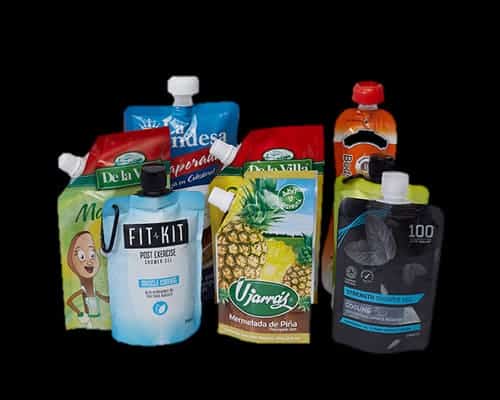
Aluminum Pouch-1
(Printed)
- Gravure printing/CMYK printing
- Bright colors, high color saturation, nice-looking & eye-catching
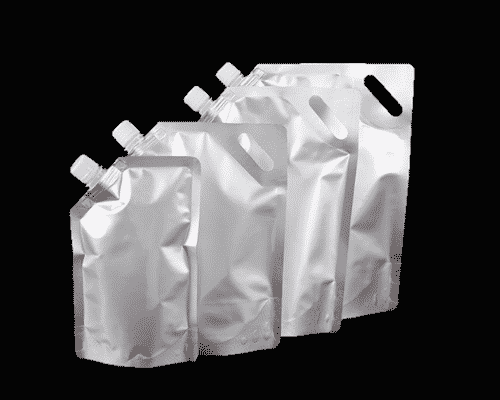
Aluminum Pouch-2
(No Printing)
- Food-grade material, strong sealing & leak-proof
- Portable; stand up on their own when filled & can be flattened for storage
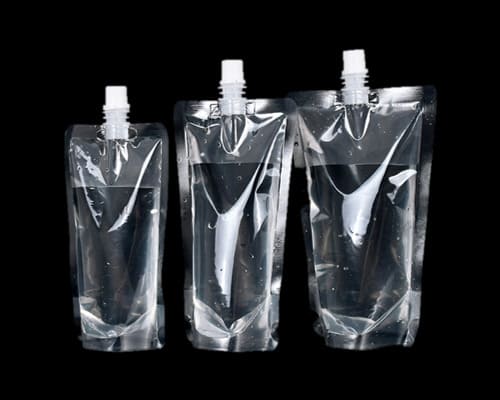
Clear Spout Pouch
(Printing-Optional)
- Easy to carry & classify whatever it is in the pouch
- Odorless, BPA free, leak-proof, reusable, lightweight & durable; Can put stickers on

Kraft Paper Pouch
(Printing-Optional)
- Able to provide a natural feel to your packaging
- Inside is lined with moisture-resistant materials to extend shelf life
What is a spout pouch made of?
A spout pouch consists of 3 parts: a re-closable opening, a gusset bottom and the body part.
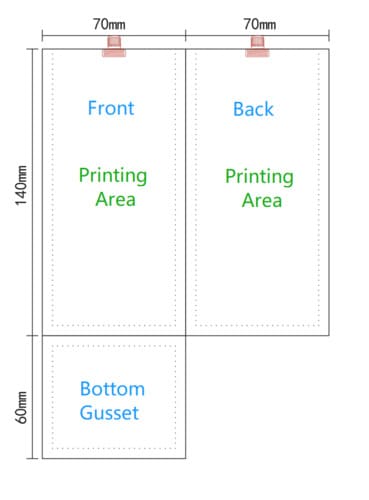
Layout Design
Re-closable Opening
- Spout caps
- Zipper (a.k.a. zip locks)
- Other sealing mechanism options
Body Part
- Made of laminated plastic sheets
- Can be printed with your logo & design
- Various material combinations to choose from
Gusseted bottom
- Sturdy, W-shaped, expandable
- Allow spout pouches to stand freely on their own
How many types of spout opening are there?
There are 6 most commonly used caps. And they can be manufactured into various sizes and colors.
What are the cap options for a spout pouch?
6 types of caps make the list: Flip Cap, Screw Cap, Disc Cap, Spray Cap, Pull-top Cap & Valve.
Flip Cap
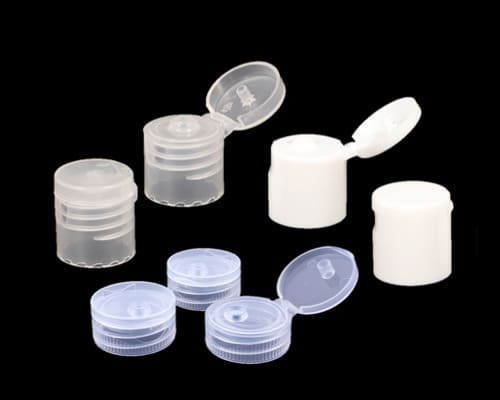
- Easy opening & secured resealing
- Convenience of one-handed dispensing
- Wide spout for clean & controlled pouring
- Build-in tamper-evident seal
- Ideal for dry, powdered & liquid products
- Common size: 15mm, 18mm, 20mm, 24mm, 28mm
Screw Cap

- Built-in tamper-evident seal
- Airtight & re-sealable
Ideal for liquid & jelly-like products - Common size: 4mm, 4.5mm, 5mm, 8.2mm, 8.6mm, 9.6mm, 12mm, 13mm, 15mm, 16mm, 22mm, 33mm
Disc Cap
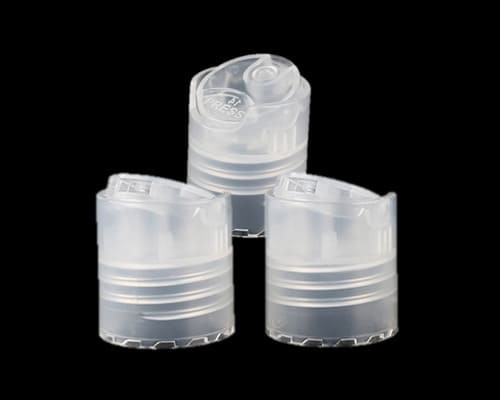
- Disc or Press Top dispensing closure
- Ideal for dispensing liquid products such as conditioners, shampoos & lotions
- Common size: 18mm, 20mm, 24mm, 28mm
Spray Cap
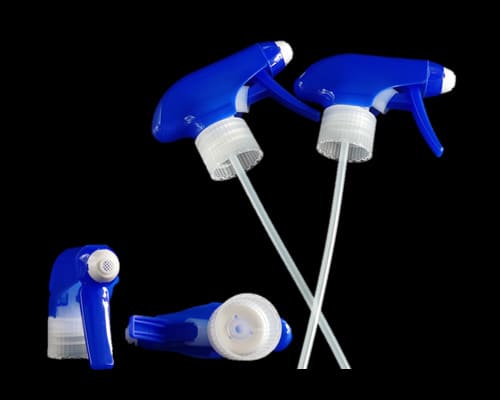
- Easy-to-use sprayer fitment
- Provide differentiation & visibility
- Ideal for products such as chemicals & cleaners
- Common size: 28/400, 28/410, 28/415
Pull-top Cap
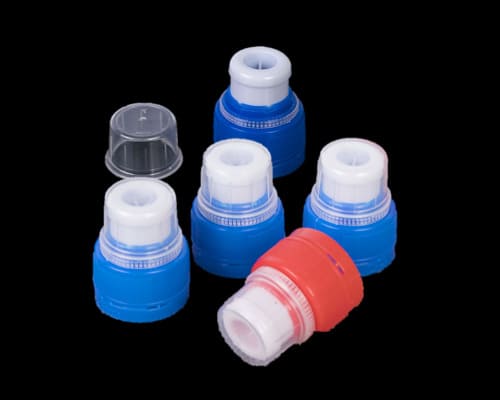
- Easy opening & secure resealing
- Outside lid to ensure sanitary
- Ideal for liquid products
- Common size: 24mm, 28mm
Valve
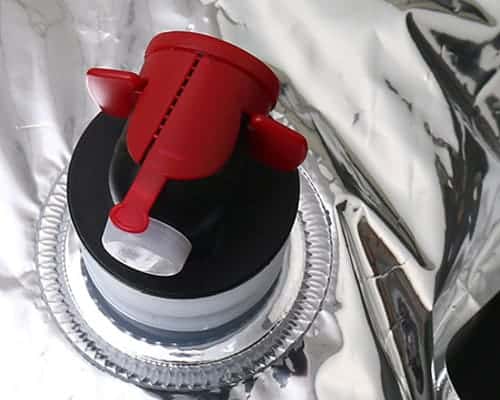
- Easy-to-use valve fitment
- Ideal dispensing choice on wine bags
How does the laminated material structure work?
A laminated plastic sheet is made from 2-3 layers of barrier materials, which can increase the durability and shelf life of your products by protecting the items contained from environmental elements such as moisture, UV light and oxygen.
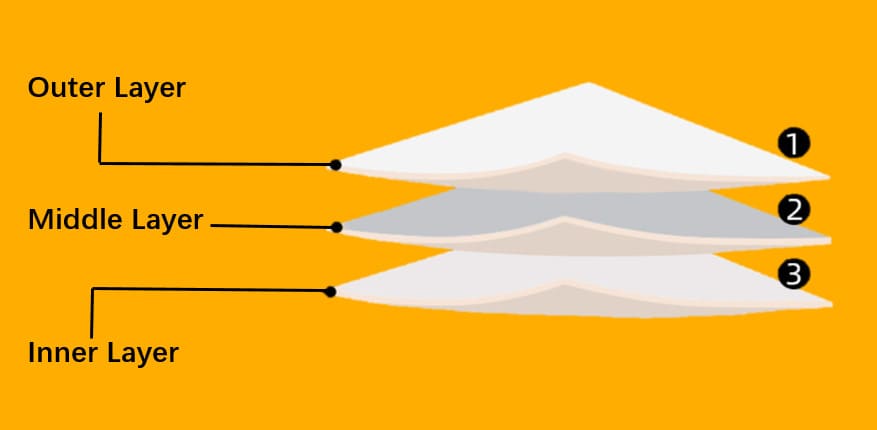
The Inner Layer
- In direct contact with your product; must be food-grade material
- The most common used material: LLDPE (linear low-density polyethylene)
The Middle Layer
- Perform the intended properties such as light blocking & fragrance preservation
- The most common used material: AL, PA, VMPET & PET
The Outer Layer
- Ample surface area makes a perfect billboard for your brand and can be used to display catchy logos and graphics
- The most common used material: Kraft paper, aluminum, clear plastic

Material Structure Examples
Material structure of the body part plays an important role in decreasing the potential risk of bag punctures, leaks, and tears. For example, laminated PET/Al/PE sheet has better UV light blocking properties than PET/PA/PE sheet.
Note
Please turn to our post on How Are Plastic Bags Manufactured to learn more about the production process of laminated plastic films – the material we use for spout pouches’ body part.
Introduction of Some Popular Choices of Material
The following 10 materials are suitable for plastic bags & pouches. All of them have different properties.
CPP
- Highly versatile, transparent
- Good shelf display effect with metallic luster
- Stiff, resistant to tears & punctures
- Cost-effective
BOPP
- Highly tensile, but has low tear strength
- Chemically stable & water resistant, hence a great material for printing labels
- Can be crystal clear or opaque
Kraft Paper
- Eco-friendly, perfect nature look & texture
- Great tear resistance, high degree of stiffness & high tensile strength
- Lined with moisture-resistant materials to extend shelf life
BOPET
- Transparent & highly tensile
- High chemical & dimensional stability
- Provide a good air & aroma barrier and is considered to be a good fragrance preservation material
PET
- Clear PET is almost transparent
- Shatterproof, recyclable & eco-friendly
- Safe for packaging food items
- Lightweight yet still offers high-strength barrier
- Suitable for packaging almost all kinds of products
VMPET
- High barrier performance & UV-shielding properties
- Great in preventing deterioration and oxidation of food products
- Able to keep products fresh for about 1 year
- Often found in our daily life packaging
- Cost less than AL material
PE
- Good flexibility, high elongation & low hardness
- Various densities (low, medium, high & ultra-high)
- Wide range of implications
PA (Nylon)
- High strength & stiffness
- Good abrasion and wear resistance
- Excellent fuel and oil resistance
AL
- Opaque, odorless & durable
- Impervious to moisture & air
- Good ductility & plasticity; silver-white luster
- Have better surface printing effect than other materials
- Able to keep products fresh for about 2 years
- Have a much higher end appearance & offer better protection
BOPA
- One of the best plastic materials in terms of tensile strength, tear strength, impact strength and rupture strength
How to fill & seal up a spout pouch?
Liquid products
It is suggested that all sides of the pouches be heat-sealed and left only the spout part to be used as the filling entrance. Funnels can be of much help in the filling process.
Powdered, granular or other dry products
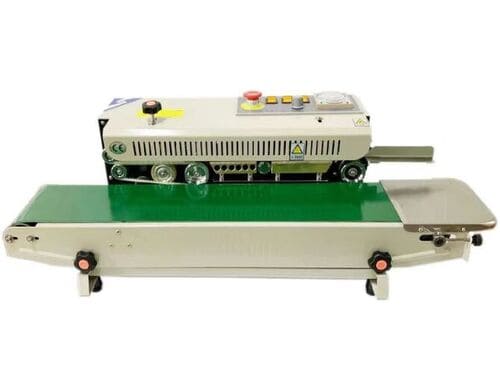
You can either use the same filling & sealing mechanism as option one, or you can choose to have one side of the pouch not sealed up, use it as the filling entrance, and heat-seal it after.
This approach would require a sealing machine on your part, though. So if you have access to a proper sealing machine, then this can definitely speed up the filling process.
